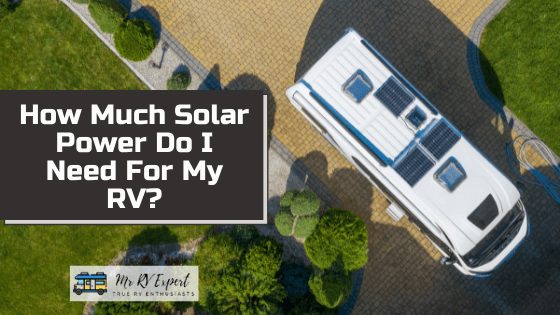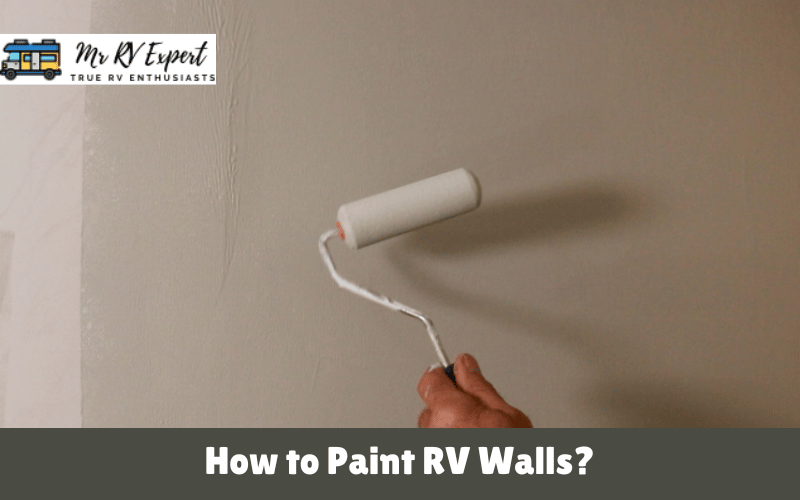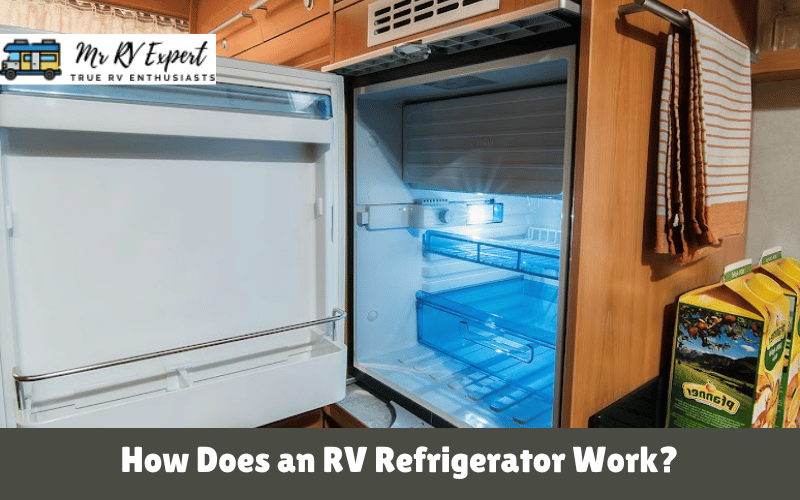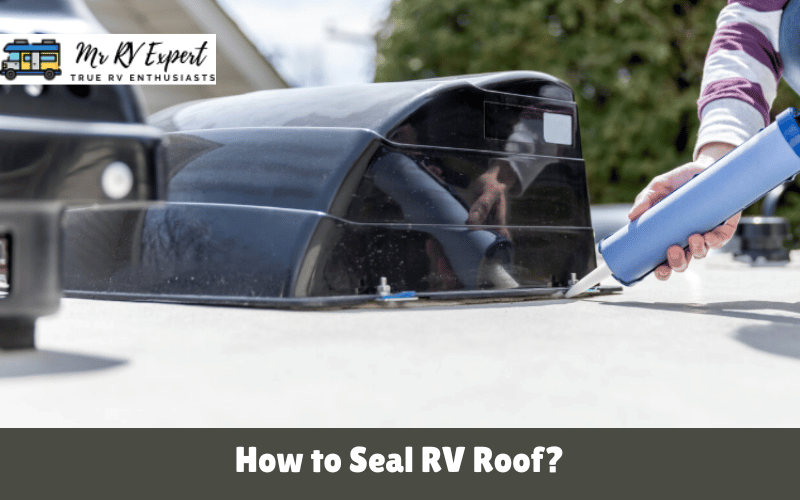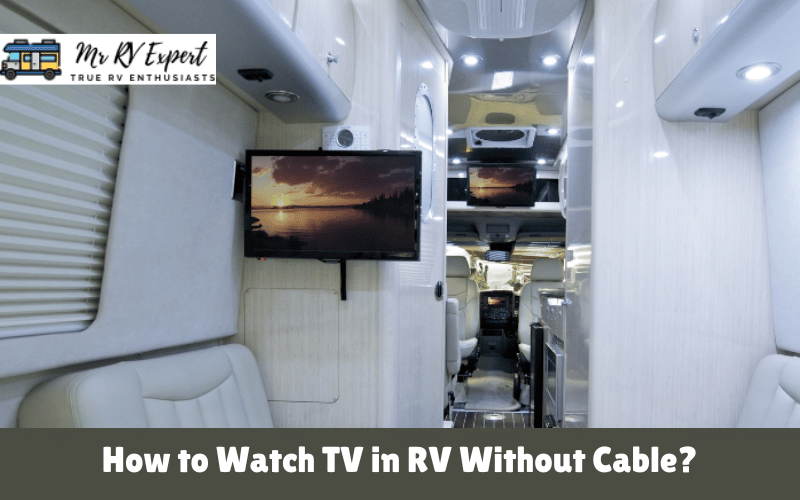RVs are a fantastic choice for travel and camping, as they offer the convenience of a small home on wheels. RVs are equipped with essential amenities like water, electricity, and a kitchen, making them resemble a cozy dwelling. However, electricity usage in RVs can be costly, and accessing electricity directly in certain areas can be challenging.
Installing a solar panel in your RV is an excellent solution to meet your electricity needs. Nevertheless, this option often raises several questions. For instance, you might wonder whether your RV is already equipped with a solar panel and how much solar power is necessary for your specific RV.
Table of Contents
Ready With The Solar Panel
The first question is crucial to address: what activities are involved in setting up solar panels? In the past, manual installation of solar panels required extensive wiring setup and the arrangement of ports. However, in today’s modern age, solar panels come with complete kits. These kits simplify the process as they include all the necessary tools you need. By simply plugging in the solar panel, it will begin functioning. It is advisable to always complete the installation process before embarking on a tour.
The Efficiency of The Solar Panel
Various types of solar panels are readily available in the market, each offering excellent functionality. These panels can be categorized based on their efficiency levels. For instance, a 100-watt solar panel is considered ideal for providing 100 watts of energy consumption. However, it is important to note that there are additional factors that can influence the power output of a solar panel, such as weather conditions, temperature levels, and the time of day. Therefore, it is advisable to check the weather forecast and sunrise time of the area before embarking on a journey, especially if relying on solar power.
How Much Solar Power Do I Need For My RV?
This is the actual question asked by many users as well as an essential question to ask. How can we estimate the actual need for solar panels in our RV? Or how much solar power do I need for my RV? Well, it all depends on uses including that how much electricity you will use? In this section, we provide some tips through which you can easily estimate the actual need for panels. An almost 100-watt solar panel will provide 30 amp of electricity per hour. According to this guide, you can determine the number of panels. Another tip is that match the battery power according to amp per hour, such as 300 amp hour will require 300 watts of solar panels. Moreover, try to keep in mind that each solar panel will require 75% extra energy in cloudy weather. Now you have to count it 20% less power.
There is another option to estimate power. For example, if you use 50 amp power per hour with the regular RV battery, then it means that you have to use the same amount of energy from the solar panel after optimal charging. Six hours of solar energy will charge 30 amp per day, which will be enough for one day.
Types of Solar Energy
There are two main types of solar panels: Monocrystalline and Polycrystalline. Monocrystalline panels are known to be more efficient than polycrystalline panels, with a conversion rate of around 22 percent compared to 10 to 15 percent for polycrystalline panels. However, the efficiency of solar panels depends on their manufacturing process.
Despite the lower efficiency, we still recommend polycrystalline panels due to their affordability. They are priced lower than their monocrystalline counterparts, which can be 30 to 50 percent more expensive. This affordability makes polycrystalline panels accessible to a wider range of people.
It’s important to note that in the future, we can expect more energy-efficient options to become available in the market. With advancements in technology, new and improved energy sources may emerge, offering higher efficiency and potentially reducing the price gap between monocrystalline and polycrystalline panels.
Items Included in The Kit
The solar kit includes almost all the necessary items you need for installing a solar panel. In this section, we provide all the information about the primary tools.
1) Charger Controller
Battery power supply must be monitored to prevent damage caused by overcharging or insufficient energy supply. To achieve this, charge controllers such as Pulse Width Modulation (PWM) and Maximum Power Point Tracking (MPPT) are commonly used. Among these options, we highly recommend MPPT charge controllers due to their superior efficiency and advanced technology. One of the notable advantages of MPPT controllers is their ability to convert solar energy into electricity with higher efficiency.
2) Batteries
To ensure optimal performance and longevity, it is essential to select batteries that are efficient and durable. Consider the maximum battery capacity of 300 amp-hours, but also determine the appropriate amperage required for your specific system. The choice of batteries holds utmost importance and some highly regarded options include Lead-Acid, AGM, and Lithium batteries. These types are renowned for their efficiency and resistance to deterioration caused by overcharging over time. For instance, a 100 amp battery can reliably provide approximately 100 watts of electricity. Additionally, these batteries offer the advantage of being lightweight compared to traditional alternatives, with a maximum weight of 37 pounds. Furthermore, their excellent sealing properties eliminate the need for frequent maintenance.
3)Battery Monitor
Battery monitors have often been overlooked by most researchers, but we emphasize the significance of this accessory. The battery monitor proves to be incredibly useful in assessing battery performance. By connecting it to a mobile phone through Bluetooth and downloading the accompanying app, users can conveniently monitor real-time battery timing and power supply on their mobile devices.
Items To Run On Solar Panels
If you want to use solar panels and batteries for a more extended period, then you must know which items you can run on batteries. These accessories include Apple Mac mini-book, Microwave, Hait Dryer, RV Coffeemaker, Sandwich maker, Wifi Router, mobile charging and Lights, fans, fancy lights, and radio, etc. certain things you cannot run on accessories include Air conditioner, Refrigerator, and space heaters, etc.
Conclusion
Solar panels are a great source to save money which you have to spend on electricity bills. But most of the people got confused about the actual quantity of solar panels they required in their RV. In this guide, we tried to explain that How much solar power do I need for my RV with all the possible information.
[kkstarratings]
